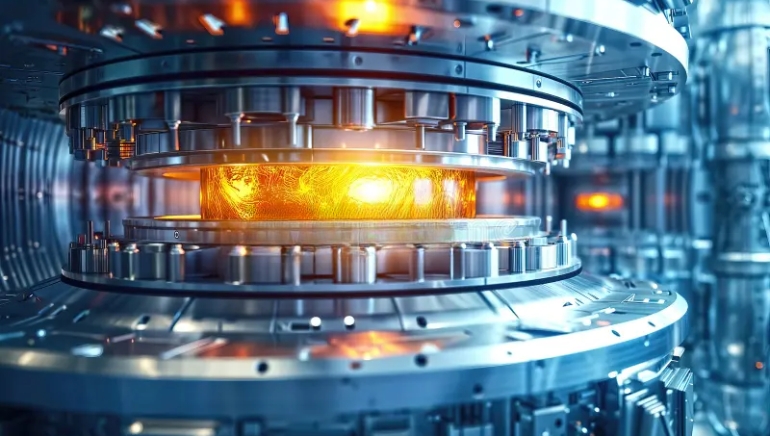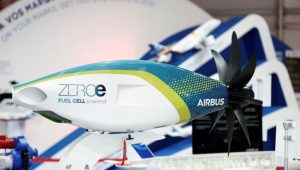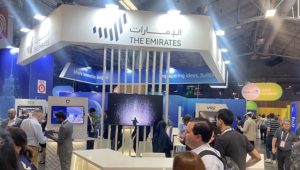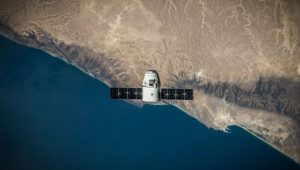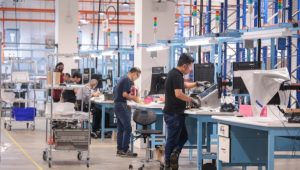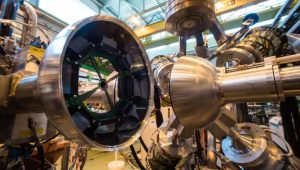According to CEO Takaya Taguchi, the Japanese startup Helical Fusion plans to launch the world’s first steady-state nuclear fusion reactor by 2034, with commercial operations beginning in the 2040s. Despite 70 years of global research, developing a commercially feasible fusion reactor that powers the sun remains a challenge.
Helical Fusion intends to develop a pilot reactor utilising the helical approach, which is a magnetic process capable of producing 50-100 megawatts. If successful, Japan, a major energy importer, might transition to energy production and export, considerably increasing its energy security.
With the aim of constructing a commercial reactor by 2040, Taguchi and two researchers from Japan’s National Institute for Fusion Science (NIFS) founded Helical Fusion in 2021. They intend to run the prototype reactor for several years beginning in 2034.
Japan has already spent over 400 billion yen ($2.8 billion) on fusion research at NIFS, which houses one of the world’s largest experimental fusion facilities. This facility has achieved 100 million degrees Celsius and plasma lifetimes of over 3,000 seconds.
However, considerable obstacles remain, including collecting 1 trillion yen for the pilot reactor, developing high-temperature superconductivity technology for coils, and setting safety requirements to obtain local building permission.





